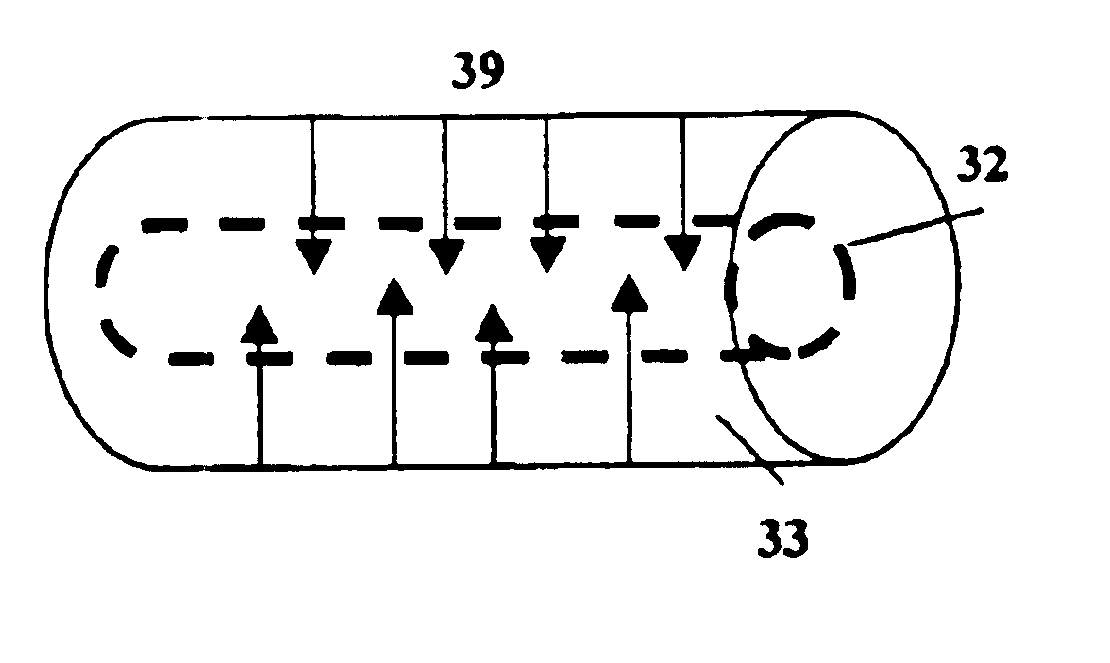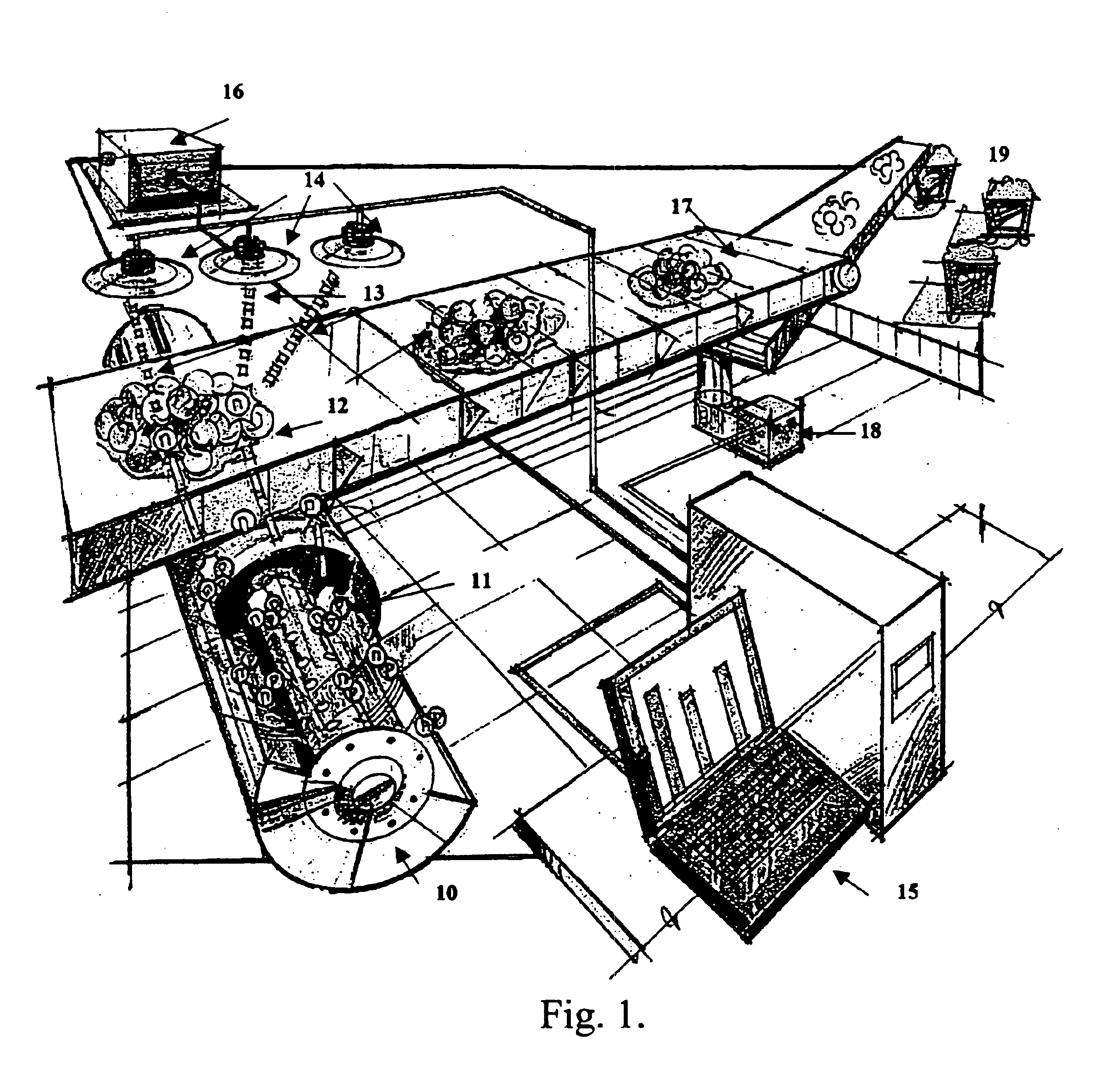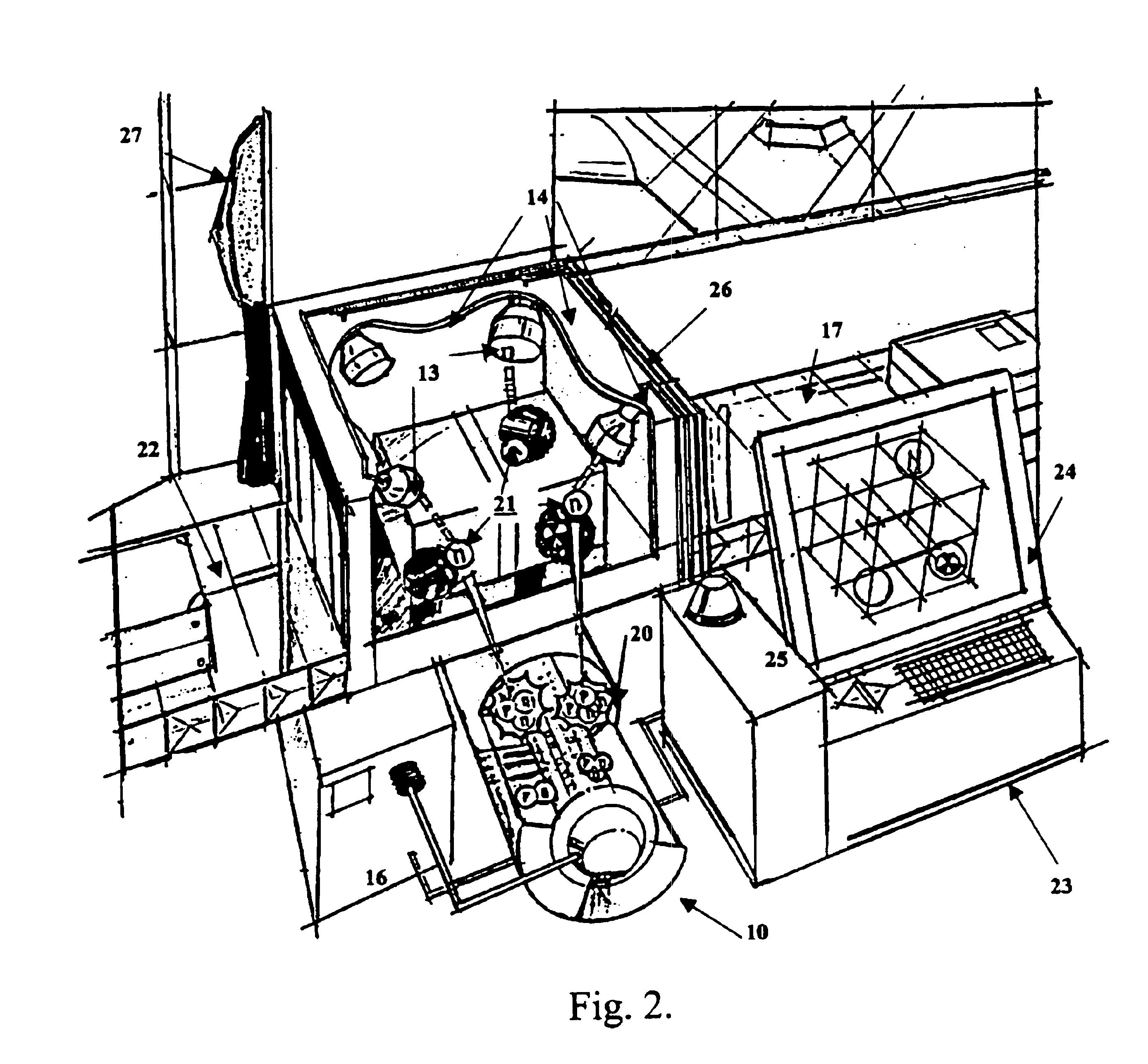Gas-target neutron generation and applications
a technology of neutron generation and target neutron, which is applied in the field of neutron sources, can solve the problems of inability to carry or cost-effectively implement small-scale neutron applications, large reactors can produce enormous quantities of neutrons, and high construction and operation costs, so as to maximize the production of fusion neutrons and achieve greater power efficiency for neutron generation, the effect of superior performance in terms of life and greater power efficiency
- Summary
- Abstract
- Description
- Claims
- Application Information
AI Technical Summary
Benefits of technology
Problems solved by technology
Method used
Image
Examples
Embodiment Construction
[0111]The following references and technology classes give information useful to one of skill in the art in understanding the general technology of neutron generation and use.
[0112]
U.S. Pat. Documents3,258,4023,386,8833,530,0363,530,4973,609,369376 / 1073,761,712250 / 3923,794,843250 / 390.053,885,160250 / 269.44,076,990376 / 1154,112,306376 / 1124,233,539313 / 1064,244,782376 / 1394,263,528313 / 2934,414,472250 / 390.044,480,185250 / 2514,581,194376 / 1194,582,992376 / 1594,645,635250 / 390.054,671,256376 / 1594,694,1654,696,782376 / 1174,830,193376 / 1594,884,288378 / 0515,053,1855,098,640376 / 1595,112,564376 / 1165,153,439250 / 390.045,162,095376 / 1595,200,626250 / 390.045,252,832250 / 269.45,330,621250 / 390.045,342,1585,373,538376 / 1595,392,319376 / 1515,3960715,410,575376 / 1595,414,195376 / 1575,433,693600 / 0015,606,167250 / 390.045,732,1155,818,054250 / 390.025,825,030376 / 1595,949,069250 / 269.15,959,8706,026,135250 / 3926,157,034376 / 1596,218,943378 / 057
Other Publications[0113]De Soete, D. et al., Neutron Activation Analysis, Wiley Inter-...
PUM
 Login to View More
Login to View More Abstract
Description
Claims
Application Information
 Login to View More
Login to View More - R&D
- Intellectual Property
- Life Sciences
- Materials
- Tech Scout
- Unparalleled Data Quality
- Higher Quality Content
- 60% Fewer Hallucinations
Browse by: Latest US Patents, China's latest patents, Technical Efficacy Thesaurus, Application Domain, Technology Topic, Popular Technical Reports.
© 2025 PatSnap. All rights reserved.Legal|Privacy policy|Modern Slavery Act Transparency Statement|Sitemap|About US| Contact US: help@patsnap.com



